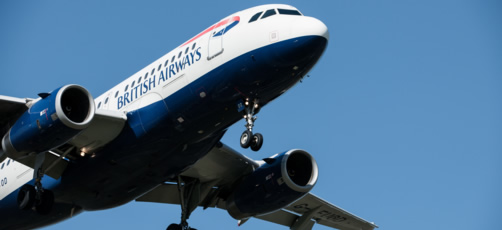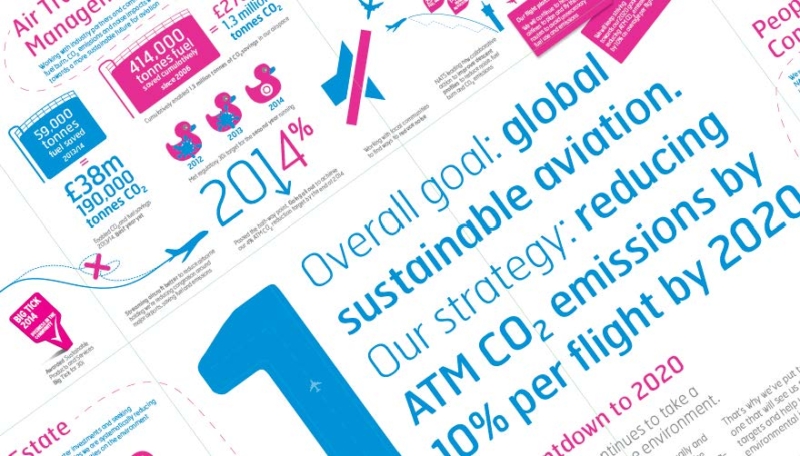One of the most important ways in which NATS seeks to help reduce the environmental impact of aviation is through the Single European Sky ATM Research programme (SESAR).
SESAR brings together stakeholders from across the European aviation industry to help develop and deploy new technologies and procedures that can improve the performance of European air traffic management (ATM).
NATS is either leading or heavily involved in a number of SESAR projects, many of which will help reduce the environmental impact of aviation. We lead the Work Package looking at Terminal Manoeuvring Area (TMA) Operations and another which considers the environmental implications of all SESAR programmes. We’re also an active contributor to a number of other projects.

One of the SESAR projects we have led, called TOPFLIGHT, has now been long-listed for a World Responsible Tourism Award in the Best Aviation Programme for Carbon Reduction category.
It is a truly collaborative project to test sustainable gate-to-gate transatlantic flight optimisation; we’ve worked closely with a range of industry partners including British Airways, NavCanada, Airbus ProSky, Boeing and Barco Orthogon. It has shown that significant savings could be made by implementing a suite of new procedures and technologies currently being worked on through SESAR.
The application of this concept showed a potential reduction of fuel and CO2 emissions of up to 2% for each transatlantic flight, without detriment to other airspace users. That equates to approximately 800kg of fuel and 2,650kg of CO2 savings per transatlantic flight – which translates into huge savings if we can do it across the operation.
The TOPFLIGHT trial closed in May. We’ve taken the learnings from that exercise and used them to inform a new cross-border trial. We’re currently working closely with our fellow Air Navigation Service Providers in France, Ireland and the Maastricht Upper Airspace to slow aircraft in the en-route phase of their flight, thereby reducing the amount of time aircraft spend burning fuel in the holding stacks at Heathrow.

While holds are necessary to make the most of limited runway capacity, they are also fuel-intensive, which is why we’re working hard to try and reduce the time spent in them. This trial is still ongoing but the early signs are positive.
All of these changes take time, sometimes longer than we would like, but we are committed to doing everything we can to innovate and collaborate to find new ways that reduce aviation’s environmental impact and enable our whole industry to grow sustainably.
Comments
Please respect our commenting policy and guidelines when posting on this website.



